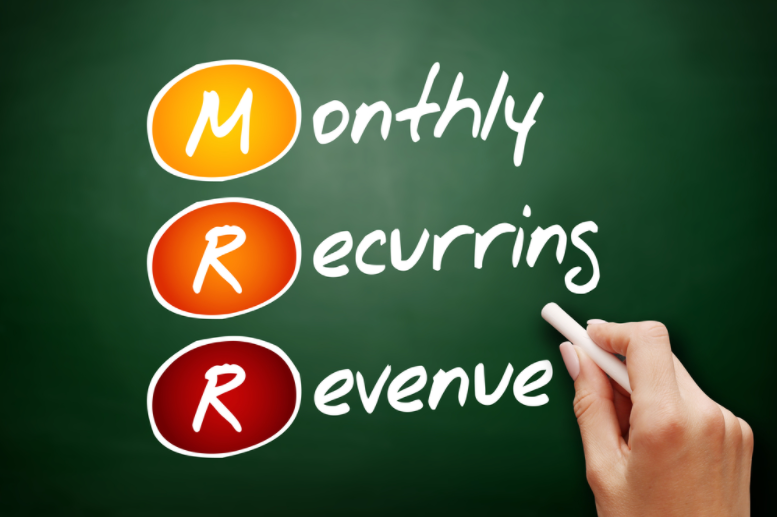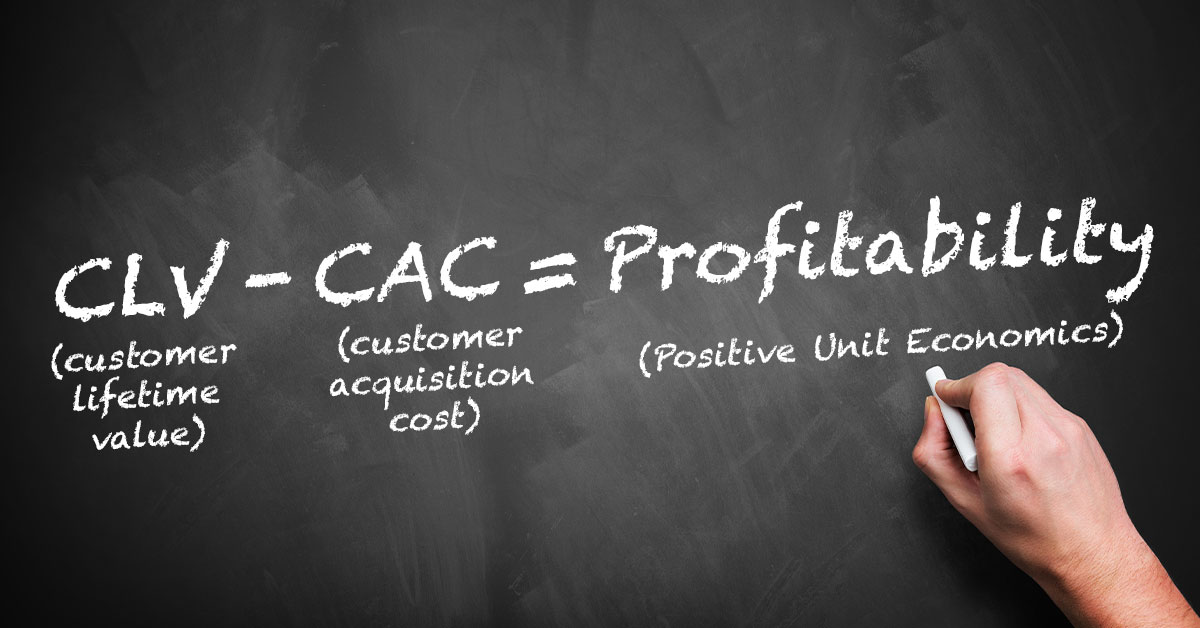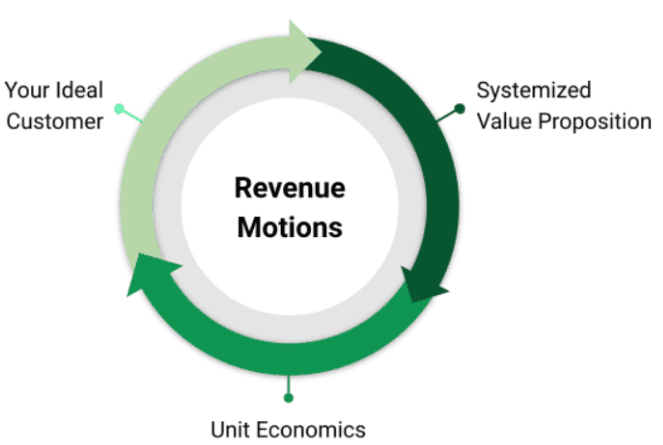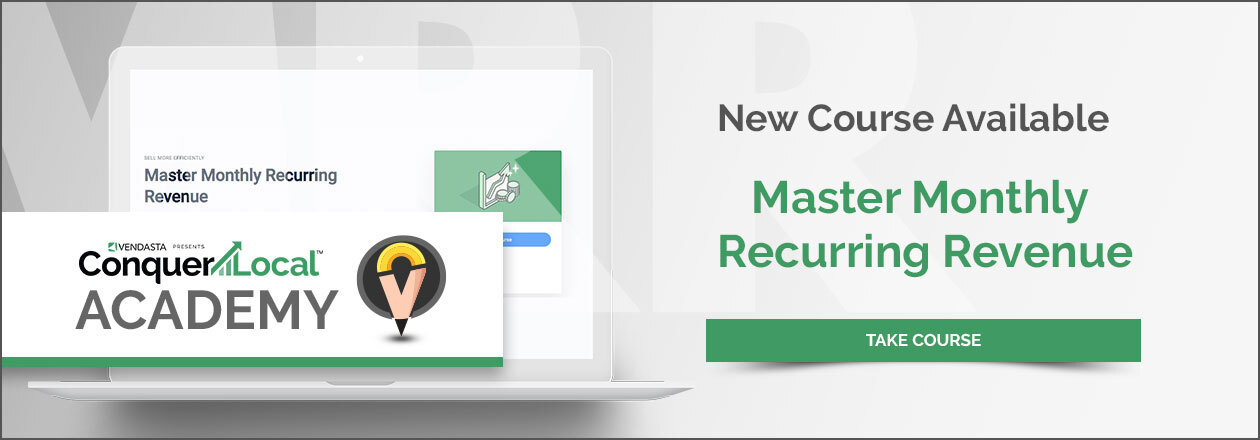How to Master Monthly Recurring Revenue for Ecommerce Services and Solutions
What’s the price of new business for those who deliver ecommerce solutions and services to small businesses?
Research shows acquiring a new customer costs five to 25 times more than retaining an existing one. The same concept applies to monthly recurring revenue or MRR: Businesses grow faster with this kind of revenue stream under their belt. It’s something they can count on, month after month.

What is Monthly Recurring Revenue?
Before delving into the nitty gritty of how to master the creation of a MRR stream, it’s important to understand what it is exactly.
Simply put, MRR is income a business can reasonably expect to receive every month, unlike episodic or one-time revenue, which is much more difficult to predict. This means, with MRR, a business always knows what their future revenue stream looks like, even over a longer term. That makes it easier to plan growth.
Generally, MRR is a barometer of economic health for subscription-based and software-as-a-service or SaaS companies. The higher the MRR, the more profitable a product line is.
Four Pillars of Monthly Recurring Revenue
MRR isn’t something to be taken lightly and the next logical question is how do you fortify it for unprecedented growth opportunities? The short answer is; by offering value to your existing clients. The long answer really is longer and stretches across four pillars.
We live in a subscription economy where businesses and agencies must arm themselves with products and services that offer demonstrated value to customers, and should design innovative layered product packages to differentiate themselves. Gone are the days when a sales representative would make a sale then forget about that customer and move on to the next. In today’s world, where customers are bombarded with products every minute of the day, you need constant feedback from them about their pain. Then unique, effective solutions to resolve those issues must be designed. By doing this consistently, customers become raving fans. The kind who help you attract others and make a massive difference to your bottom line.
Let’s look at the four pillars of MRR that help you do exactly that and more.
- Unit Economics
The first step in building a scalable business is to downplay standalone products and focus on holistic solutions and services while also amplifying customer lifetime value and unit economics. To break it down, stop wasting time on low-margin products and services, and look for ways to expand your offering of subscription-based or stickier products. By doing this, you improve your chances of acquiring lifetime customers, which in turn propels profitability.
But what do we mean when we talk about unit economics? It’s nothing more than the difference between the cost of acquiring a customer and the lifetime value - and revenue - that a loyal customer brings. So when you consistently upsell or cross-sell to a particular customer and continually resolve their business challenges, you not only improve their lifetime value for the business but also enhance the unit economics.

- Identify your ideal customer base and target audience
- Discover opportunities to scale business with existing customers
- Develop data-driven processes and decisions
- Design unique product packages to offer comprehensive value
The next step in your MRR strategy should be to determine value propositions. Once you know the exact requirements of your clients, you should be in a position to build a package that meets those needs and demonstrates business outcome value.
- Reputation management: With this solution, you provide value by helping your clients build their online reputation by monitoring, managing, and responding to customer reviews posted on Facebook, Google, and other platforms. You also have access to valuable insights generated through artificial intelligence applied to gathered data.
- Marketing automation: Vendasta’s marketing automation tool delivers value by helping you target a specific audience, right from the point of acquiring new clients to identifying existing prospects for upsell and cross-sell opportunities. You can also offer an array of branded content that can be customized from recommended campaigns or used to create a new one from scratch.
- Business app and executive report: The value of this product is the white-labelled reports you can offer your clients through your own branded app. It gives them a peek into what’s been happening across all of their digital marketing channels over the course of weeks or months.
However, simply offering products to your clients isn’t enough if you don’t have an effective communication strategy in place. For example, instead of just telling clients that you will be managing their online reputations, go into detail about how you will respond to every review and follow up with their customers, with their approval, of course.
Revenue motions help improve your MRR. Constant analysis of revenue motions, such as sales and automated processes, will help align your operations to better sell and serve that ideal customer base. Think about new offers you can reintroduce in your system of solution and continuously demonstrate the value you bring to your customers.

On the other hand, you may have customers who never use all of the tools you offer to them, which is usually the case for small businesses that have just started transitioning to an online presence. But that doesn’t mean you shouldn’t try to educate them about what your platform and products can do because you never know when they will change their mind.
In a nutshell, successful revenue motions are those that balance these tactics. Remember, every customer is different and requires a unique strategy.
4. Ideal Customer Profile
Last but not least, understanding your ideal customer profile will help grow your MRR. Once you realize the unique lifetime value of your solutions, you need to identify your target customer base to repeat the process again and again and scale the business.
Let’s examine some of the tactics to create your ideal customer profile, or ICP.
- Studying existing customers: To understand current client behaviour, identify the common problems they face and what value proposition they seek. Meet clients regularly and have in-depth conversations about the things they like and desire in product packages.
- Leveraging Google Analytics: If used properly, Google Analytics will do most of your work, including identifying the target audience. Right from who spends the most amount of time on your website to what kind of content they look for and the conversion points. Google Analytics tells you all.
- Exploring social media: Most businesses use social media channels to find their next customer and these platforms offer an array of tools — Facebook Page Insights, Twitter Analytics, and Instagram Insights to name a few — to help understand consumer patterns. Asking tactical questions like who they are and what they are looking for will help identify patterns.
Conclusion
MRR is an important growth marker for business owners, so it demands the creation of a well-thought-out strategy. A successful MRR strategy includes four key elements:
- Unit economics
- Value proposition
- Revenue motions
- Ideal customer profile
A great way to scale your MRR growth is through the Vendasta platform that offers an array of white-label end-to-end ecommerce products and services for small businesses through an integrated software-as-a-service platform.


